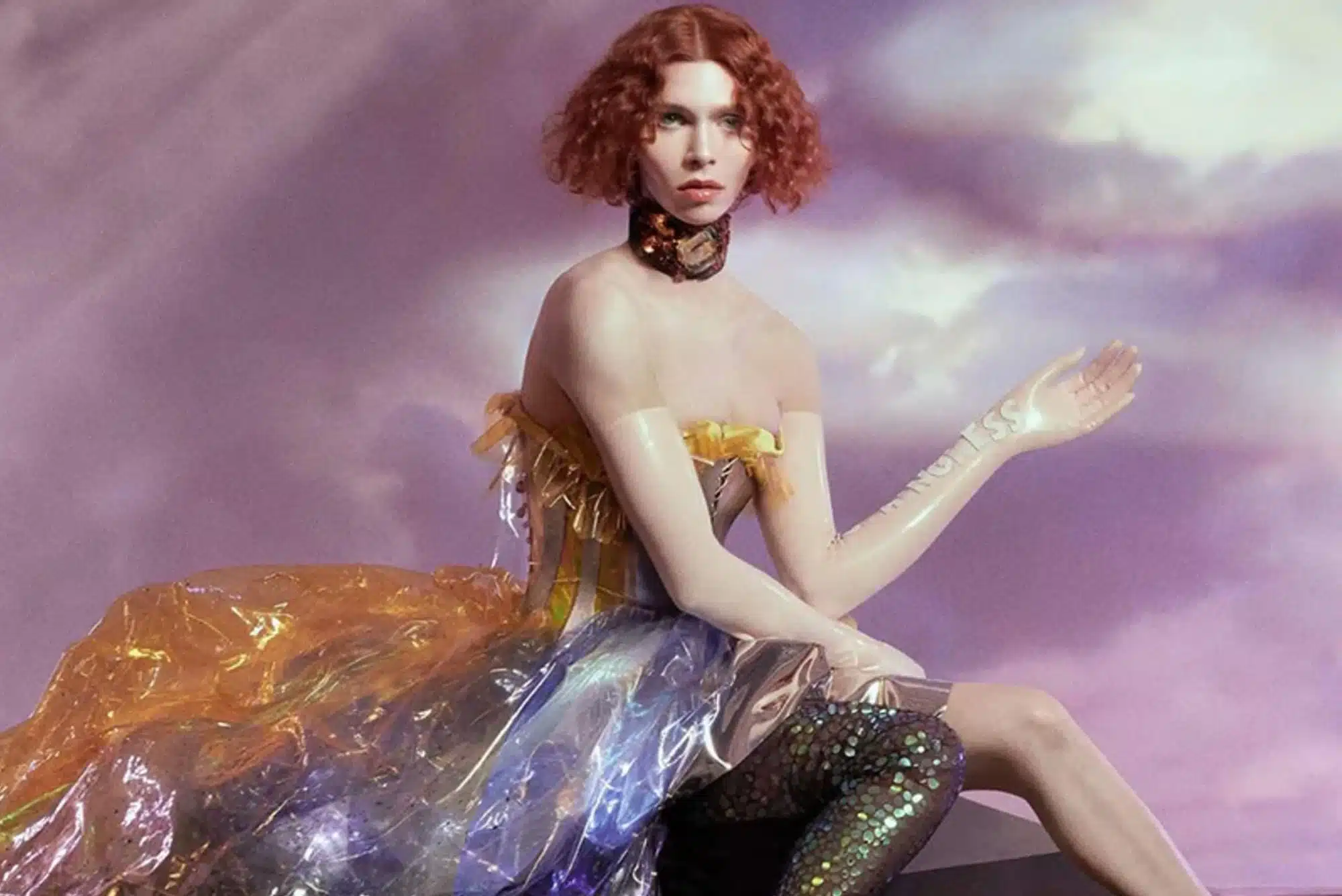When “Bipp” by SOPHIE first appeared on the scene around 2013, it was controversial for some pretty specious reasons. Certain segments of the dance community, already fed-up with the contortions and genre-bastardizations coming out of the ill-defined nu-grime scene associated with Numbers, Night Slugs, LuckyMe, and the like, rejected “Bipp” as a pure novelty. Its lack of traditional percussion was grounds for dismissal from the dancefloor. A hype industrial complex was inflating its somewhat shallow verse and simple frame, the haters roared.
Yet, the song was so enigmatic that even if one didn’t think much of it, you had to contend with it. What exactly was this thing anyway? And why was it so hard to stop listening to it? “You’ve got to be crazy / Thinking you can resist this,” the song confidently contested. Perhaps much of the resistance the track drew came from the shock of the new. It wasn’t that any given element of the song that was revolutionary, but the whole formed a monolith that seemed to drop like a tablet in the middle of the desert. Yet unlike the black slab in 2001: A Space Odyssey, SOPHIE’s intentions and her promise were right there in the chorus. She could “make you feel better”, but only “If you let me”.
The other (even more slight in retrospect) controversy surrounding SOPHIE’s next few years was a concern troll over so-called “male” artists who had taken on women’s names as their monikers. The intent of this Tumblr-lite critique was well-meaning enough. Cis-male electronic artists had long monopolized attention in the dominant strains of underground club music. Further, mainstream DJ culture itself was becoming not only a multimillion-dollar industry but a white alpha hetero fratboy panacea that catered exclusively to their hedonic demands.
A gnarlier, more aggressive bass music variant of the mostly black and brown British dubstep scene of the mid to late 2000s pejoratively labeled Brostep outshined and outsold its signifier in astronomical quantities, replacing sensual postmillennial dread with violent squelches. Producers with one foot in the pop music realm and the other on the vanguard like Diplo were becoming renowned as much for their “bad boy” behavior as their music. As EDM ventured into the pop charts, clubbing even became a critical element of shows like the MTV smash hit Jersey Shore.
Patriarchy and the boys club mentality were ripe for targeting in electronic dance music and aiming at the practice of “appropriating” femininity that certainly had the air of accountability. But at best, it seemed more determined to police the symbolic and thematic terrain of artistic expression than to have any material impact on this culture. The collateral damage had anyone cared to take the conversation seriously, would have been an assault on the heterotopic safe space within electronic music to explore the fluidity of gender, to rebel against the determinism of birth assignment or social gender roles, and to gently poke cisnormative boundaries without fear of reprisal.
It would be three years before SOPHIE officially and triumphantly came out as a trans woman in the music video for “It’s Okay to Cry“, a liberatory ecstatic howl that changed lives and reset her image from that of a shadowy underground figure to an icon. The performative nature of synthesis and the immateriality of virtual presence would become a major theme in SOPHIE’s work throughout her short but fruitful career. Hers was music where dysmorphia, still common parlance at the beginning of the decade for gender-nonconforming folk, became not a disorder or a hindrance but an advantage in music’s ultimate goal of achieving trans-humanism.
Electronic music has long been a place where ego and even identity could be pushed out of the foreground to accentuate the collective music-going experience. This first seemed to be at the core of SOPHIE’s earliest singles, collected on the Product compilation. These were pieces where personality had not been stripped away but remained forever in flux, capable of adapting to its audience’s heat signature. The elasticity of the bass tones of “Bipp”, the rubbery drips of “Lemonade“, or the more hardcore liquid metal ping pong of “MSMSMSM” all skirted the line between the club and the pop radio dial. They seemed just as comfortable in either environment or on a different alien planet altogether.

